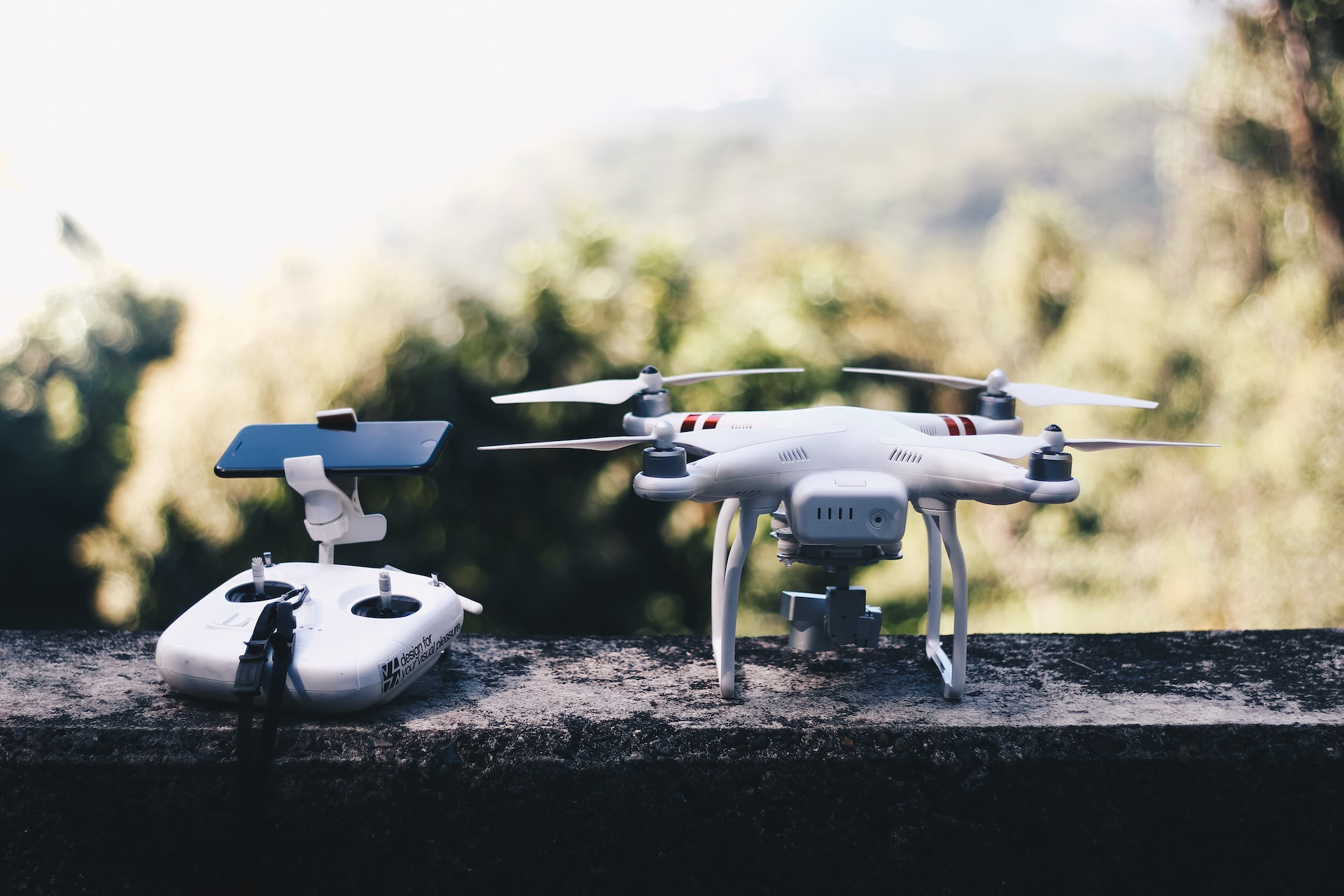The Impact of Drones on the Environment and Wildlife

Drones, also known as Unmanned Aerial Vehicles (UAVs), have become increasingly popular in recent years. Their versatility and ability to reach difficult-to-access locations make them ideal for a variety of purposes, including photography, delivery, surveying, and more. However, the use of drones also has the potential to have a negative impact on the environment and wildlife.
Impact on Wildlife
One of the biggest concerns about the impact of drones on wildlife is their ability to disturb and displace wildlife. Drones can cause animals to panic and flee their natural habitats, which can disrupt their feeding and mating patterns. For example, drones have been known to cause flocks of birds to flee from their nests, leaving their eggs and young vulnerable to predators. This can have a significant impact on the survival of some species.
Additionally, drones can also pose a physical threat to wildlife, particularly birds. Collisions between birds and drones have been reported, leading to the death or injury of birds. This is particularly concerning for endangered species that are already facing a number of threats to their survival.
Impact on the Environment
The use of drones can also have an impact on the environment, particularly in terms of noise pollution. Drones can produce loud, high-pitched sounds that can disrupt the natural soundscape and negatively impact wildlife, such as birds and bats. This can also have a negative impact on the quality of life for people living in close proximity to areas where drones are being used.
Additionally, drones can contribute to air pollution, particularly in terms of emissions from batteries and engines. These emissions can have a negative impact on the environment and contribute to climate change.
Ways to Minimize the Impact
Despite the potential negative impact of drones on the environment and wildlife, there are ways to minimize these effects. For example, the use of quieter drones can help reduce noise pollution, while more efficient and environmentally-friendly batteries and engines can reduce emissions.
Another way to minimize the impact of drones on wildlife is to educate drone pilots on the importance of avoiding sensitive areas, such as wildlife habitats and nests. Additionally, there should be regulations in place that require drone pilots to obtain permits before flying in these areas. This would ensure that drones are only used in a responsible and sustainable manner.
Another solution to minimize the impact of drones on the environment and wildlife is to use drone technology for conservation purposes. For example, drones can be used to monitor wildlife populations and their habitats, which can help inform conservation efforts. They can also be used to monitor and detect environmental threats, such as deforestation, oil spills, and more.
Conclusion
The impact of drones on the environment and wildlife is an important issue that should not be overlooked. While drones have the potential to revolutionize many industries and make our lives easier, it is crucial to ensure that they are used in a responsible and sustainable manner. By taking steps to minimize the impact of drones, we can ensure that they have a positive impact on the environment and wildlife and help protect our planet for future generations.





